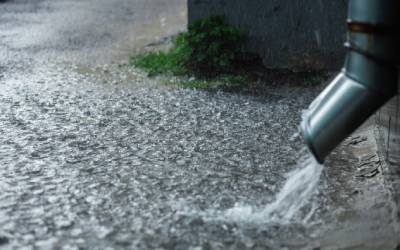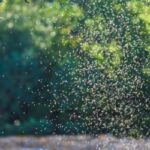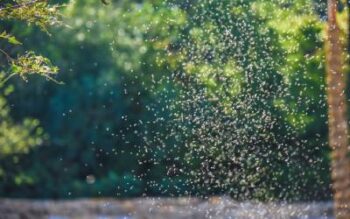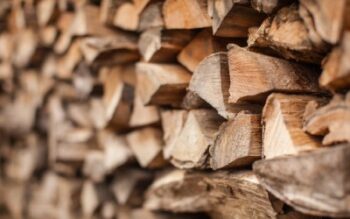
If you live in Kansas, then you understand just how unpredictable and extreme our weather can be. We’re located right in the heart of Tornado Alley, a part of the United States that is known for experiencing a high frequency of major storms each year. Though these storms are damaging enough, they also come with a hidden threat that not many people recognize: pests. If you want to avoid unwanted critters after a storm, it’s helpful to understand how the local forecast can impact your risk of experiencing an infestation.
How Weather Can Impact Pest Behavior
Pests and storms may not seem related, but the two problems often go hand in hand. Extreme weather doesn’t just damage your property and make it more vulnerable to infestations; it also significantly impacts pest behavior and causes them to actively search for safe places to live, which typically leads them right into your space. Here in Kansas, there are three main environmental factors that can alter pest habits:
Temperature
Annual temperature patterns play a critical role in the life cycle of many pests. For instance, the warm weather of summer may signal that it’s time to reproduce, while a steady drop in temperature will indicate that pests should start nesting for winter. Since so many of their habits depend on temperature cues, severe storms can disrupt normal pest behavior by:
- Killing off certain species: Insects are ectothermic, or “cold blooded”, so they depend on their surroundings for all of their warmth. Sudden decreases could cause a variety of species – including beneficial ones like bumblebees – to die off rapidly.
- Forcing them to seek shelter: If the outdoors are inhospitable to certain pests, then they will try to access places that are sheltered and temperature controlled. Many rodents and insects will try to get indoors when it’s too hot or too cold, which can make your home or business the perfect target for infestations.
- Growing some pest populations: Extreme cold isn’t the only temperature change that can have an impact on pest populations. Many species thrive and breed in warm climates, which could cause them to be active for a longer period of time.
Moisture Levels
All organisms require water to survive. However, too much water can also have a devastating effect. For that reason, a sharp change in the outdoor moisture levels could have a significant impact on pest activity by:
- Destroying nests: Flooding or heavy rains can destroy nests and burrows, which will displace a variety of pests. These rodents or insects will look for shelter anywhere, often leading them right into your home or business.
- Promoting breeding: Certain species, such as mosquitoes or flies, depend on water to repopulate. After a major rainstorm, these pests may use small puddles of stagnant water to lay eggs, which may cause a spike in their population.
- Decreasing populations: Summers in our area can get quite hot, often leading to droughts. Without enough moisture, all sorts of pests will die off or search for water elsewhere. During a drought, be cautious; rodents and insects may take advantage of things like lawn sprinklers or tiny leaks in their desperate search for water.
Extreme Winds
Tornado season strikes Kansas annually from April to June, though extreme winds can happen here at pretty much any time of the year. Because tornadoes can have such a serious impact on your property and the environment, these types of storms can significantly increase your risk of an infestation. Harsh winds could damage your home and make it more vulnerable to pests while simultaneously displacing critters. As the pests hunt for a new place to live, they may end up sneaking indoors.
Tips for Preventing Pests After a Storm
The last thing anyone wants to deal with during a serious storm is an infestation. However, despite the fact that extreme weather can attract pests to your property, there are several preventive measures you can take to keep them from getting inside:
- Quickly repair any damage caused by a storm
- Repair broken window or door screens
- Regularly replace worn-out weatherstripping
- Use caulk to seal any cracks in your foundation
- Repair moisture issues such as leaky pipes
- Invest in professional pest control services
Dealing with infestations can be a challenging and stressful task under any circumstances, but it can be even more overwhelming when combined with the aftermath of a severe storm. That’s where American Pest Management can help! Over the course of four decades in the pest control industry, we have continuously improved our technology and strategies to provide the best possible pest management solutions for both residential and commercial property owners. If you are seeking a pest-free* future, contact us today to get your free quote.




